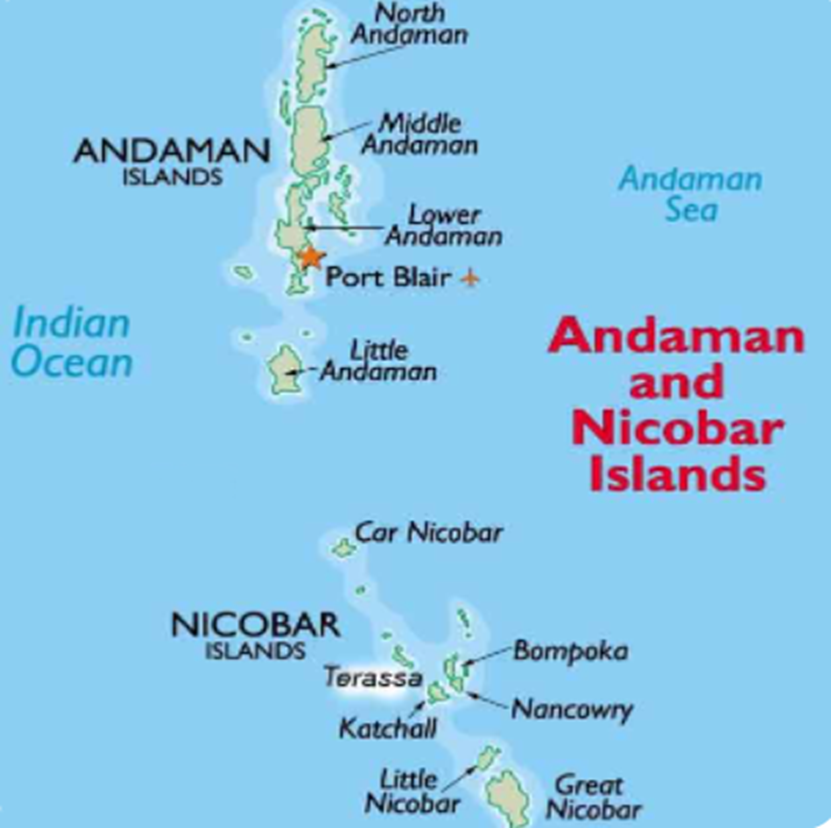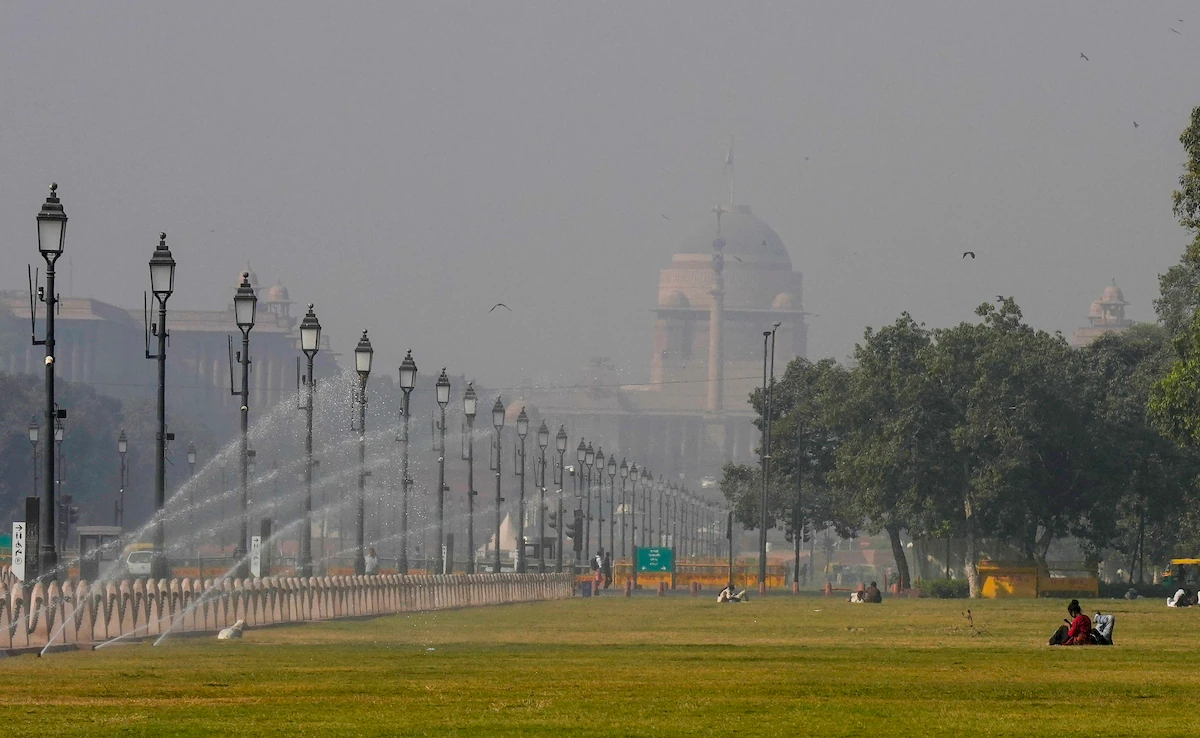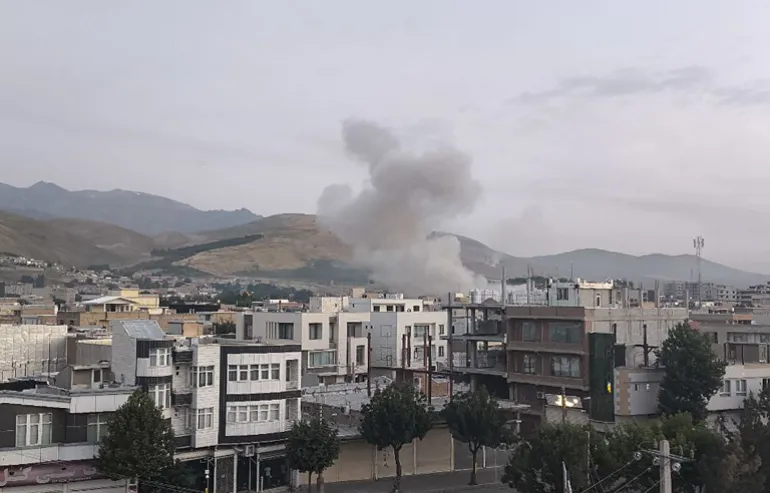- Courses
- GS Full Course 1 Year
- GS Full Course 2 Year
- GS Full Course 3 Year
- GS Full Course Till Selection
- Answer Alpha: Mains 2025 Mentorship
- MEP (Mains Enrichment Programme) Data, Facts
- Essay Target – 150+ Marks
- Online Program
- GS Recorded Course
- NCERT- First Ladder
- Polity
- Geography
- Economy
- Ancient, Medieval and Art & Culture AMAC
- Modern India, Post Independence & World History
- Environment
- Governance
- Science & Technology
- International Relations and Internal Security
- Disaster Management
- Ethics
- Current Affairs
- Indian Society and Social Issue
- CSAT
- 5 LAYERED ARJUNA Mentorship
- Public Administration Optional
- ABOUT US
- OUR TOPPERS
- TEST SERIES
- FREE STUDY MATERIAL
- VIDEOS
- CONTACT US
Islands named after Param Vir Chakra Awardees
Islands named after Param Vir Chakra Awardees
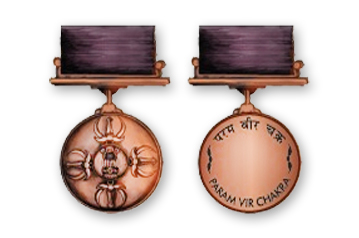
Why in News?
Recently, the Central Government named 21 unnamed islands in the Andaman and Nicobar Islands after Param Vir Chakra awardees.
More about the News
1. The naming was done on the occasion of Netaji Subhas Chandra Bose’s 126th birth anniversary, which is officially observed as ‘Parakram Diwas’ (Day of Valor).
2. A proposed memorial will be set up on the Ross Island, which was renamed as Netaji Subhas Chandra Bose Dweep in 2018.
3. Neil Island and Havelock Island were also renamed Shaheed Dweep and Swaraj Dweep.
About Param Vir Chakra Award
1. It is India's highest military award started on 26 Jan 1950, as a Gallantry Medal with retrospective effect from 15 August 1947 by Dr. Rajendra Prasad, the then President of India.
2. The award is granted for "most conspicuous bravery in the presence of the enemy".
3. The medal was designed by Mrs. Savitri Khanolkar. The designer drew inspiration from Sage Dadhichi, a Vedic Rishi.
4. The medal is cast in bronze. In the centre, is the state emblem, surrounded by 4 replicas of Indra's Vajra, flanked by the sword of Shivaji and is held by a 32 mm purple ribbon.
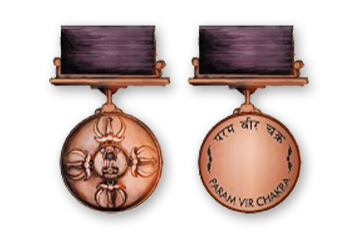
About the Andaman and Nicobar Group of Islands
1. The Andaman and Nicobar Group of Islands are located in the Indian Ocean.
2. They are the group of 572 islands in the southeastern part of the Bay of Bengal. These islands are situated close to Indonesia and Thailand.
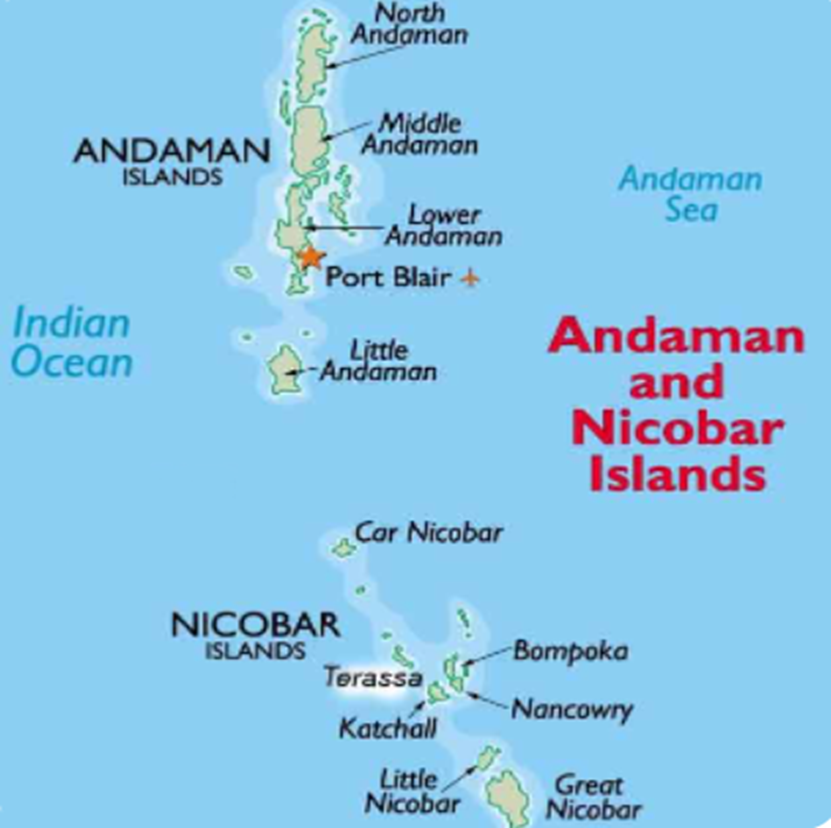
Significance of Andaman and Nicobar Islands (ANI) in India’s Independence:
1. The islands were first controlled by the Dutch, then by the British, and were taken over by the advancing Japanese military during World War II for 3 years (1942-45).
2. The islands were formally handed over to Bose’s Azad Hind government in 1943, although effective control remained with Japan.
3. It is the land where Subhas Chandra Bose unfurled the national flag for the 1st time in 1943.
4. Before his departure, he renamed Andaman as Shaheed (“Martyrs”) Island, and Nicobar as Swaraj (“Freedom”) Island.”
So, What is the Significance of ANI for India?
1. Treasure of Tribes: The Andaman and Nicobar Islands are home to Five Particularly Vulnerable Tribal Groups: Great Andamanese, Jarwas, Onges, Shompens and North Sentinelese.
2. Space for Maritime Partners: India's key maritime partners such as the US, Japan, Australia and France acknowledge and recognize the strategic location of the Andaman and Nicobar. These islands not only provide India with a key maritime space but also carry significant potential in shaping the strategic and military dynamics of the Indian Ocean region.
3. Recent Developmental Plans for ANI:
A) Japan’s Overseas Development Assistance: Japan approved a USD 265 crore grant aid for Andaman and Nicobar Islands development project in 2021.
B) NITI Aayog’s Project for Great Nicobar: It includes an international container transhipment terminal, an airport, a power plant, and a township.
C) NITI Aayog’s Proposal for Little Andaman: The plan calls for the development of a new greenfield coastal city to compete with Singapore and Hong Kong.
Challenges Related to Andaman and Nicobar Islands are:
1. Illegal Migration and Smuggling: Andaman and Nicobar Islands face greater challenges to their internal security through non-conventional threats such as illegal migration from littoral states of the Bay of Bengal, poaching of marine and forest resources, arms and narcotics smuggling through uninhabited islands and natural disasters.
2. Unsustainable Development: Andaman and Nicobar have become a major tourist attraction, and this has resulted in many development projects in this region. While at one side it will transform the islands substantially, it will also cause loss of ecological stability. Developmental activities are also impacting the coral reefs in the area, which are already under threat from warming oceans, and are of enormous ecological importance. Environmentalists have also alerted regarding the loss of mangroves on the island as a result of the development project.
3. Danger of Natural Disasters: The Andaman and Nicobar island's lie in a seismically highly active zone. Due to this, the region is prone to a number of natural disasters. For instance, in 2004 an earthquake and accompanying tsunami devastated large parts of the island chain. Nicobar and Car Nicobar (northernmost Nicobar Island) lost almost one-fifth of its population and close to 90% of its mangroves.
4. Geo-Political Instability: Andaman and Nicobar islands are part of the Indo-Pacific geopolitical theatre, where China is actively trying to expand its influence, potentially posing a threat to India's blue economy and maritime security. The aspirations of China to have its presence in this region can be seen in Hambantota, Sri Lanka.
5. Encroachment in Tribal Space: While Particularly Vulnerable Tribal Groups (PVTGs) are accorded the highest level of protection by local administration, they still face numerous challenges due to encroachment into their areas in the name of development, and lack of effective rehabilitation program.
Conclusion and Way Forward
1. Sustainable Island Development Framework: Infrastructure and developmental projects in Andaman and Nicobar will no doubt aid India’s strategic and maritime capabilities, but such development should not come at the cost of the exploitation of the ecosystem that the Andaman and Nicobar offers. Prior to any development activity in this region, an Environmental and Social Impact Assessment should be made mandatory. A Sustainable Island Development framework is not only important for the Andaman and Nicobar but should also be applicable to other Indian islands as well.
2. Master Plan for Community Development: The laws must be strengthened to protect indigenous communities, and a proper rehabilitation plan should be formulated to protect them during times of calamity. Due to the high demand from visiting tourists, the Islands provide opportunities for the handicrafts industry.
3. Developing Island Security Model: There is a need for India to invest in capacity building in maritime security and incentivize research, to develop an Island Security Model, and to equip its Navy with the latest technology.
4. Linking Projects: There is a need to focus on the plan of linking the Andaman and Nicobar Islands to the mainland through Submarine Optical Fibre Cable (OFC). Submarine Cable will also assist A&N in providing cheaper and better connectivity and all of Digital India's advantages, especially in improving online education, telemedicine, banking and online trading.
5. Thrust to Shipbuilding and Repair Industry: The lifeline of the Andaman and Nicobar Islands is shipping operations, as most construction activities are related to it. The ship repair facilities need to be established in order to keep the shipping operations alive without any disruption.
Must Check: Best IAS Coaching Centre In Delhi
